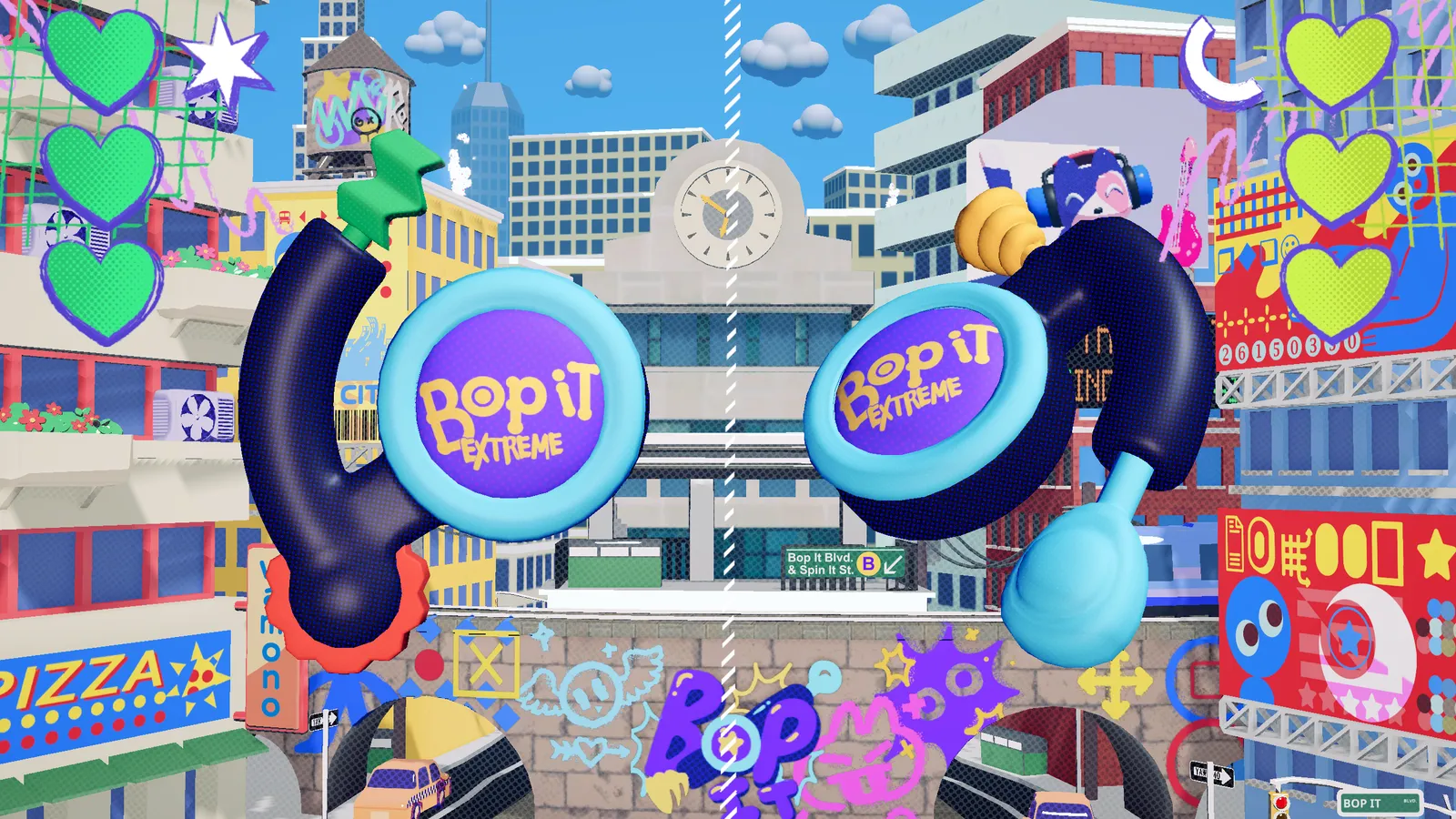
Latest
Update
Today's Top Highlights
Explore the intersection of technology and creativity through storytelling in the digital era.



Seating Secrets: Key Arrangements at Donald Trump’s Windsor State Dinner?
By Jennifer Moyer
•
18 Sep 2025

Two Individuals Gunned Down in Assault Near West Bank-Jordan Passage, Israel's Defense Forces Confirms
By Jennifer Moyer
•
18 Sep 2025

The Witcher's Blood-Soaked New Adventure Unveiled in Blood Stone: A Witcher Tale Initial Glimpse
By Jennifer Moyer
•
18 Sep 2025

The Actor Alex Lawther Was Shocked When He Found Out His Andor Manifesto Went Viral
By Jennifer Moyer
•
18 Sep 2025


UK Prepared for Talks Over Participation to EU Security Funding
By Jennifer Moyer
•
18 Sep 2025

The British star Launches Global Championship Campaign with Strong Performance
By Jennifer Moyer
•
18 Sep 2025

Gender-Diverse Persons in the EU Confront an ‘Disturbing’ Increase in Aggression, According to EU Data
By Jennifer Moyer
•
18 Sep 2025

Brady's Dual Responsibilities Expose a Major NFL Conflict
By Jennifer Moyer
•
18 Sep 2025

Chip Leader Nvidia to Pump $5bn in Intel and Forge Product Collaboration
By Jennifer Moyer
•
18 Sep 2025
September 2025 Blog Roll
August 2025 Blog Roll
July 2025 Blog Roll
June 2025 Blog Roll
Popular Posts
Sponsored News
 News
News
The Hammers Eye Bilic and Nuno Espírito Santo as Possible Successors for Under-Pressure Graham Potter
 By Jennifer Moyer
•
18 Sep 2025
By Jennifer Moyer
•
18 Sep 2025
 News
News
The Late Show: Breaking Down The Reds' Remarkable Late-Game Triumphs
 By Jennifer Moyer
•
18 Sep 2025
By Jennifer Moyer
•
18 Sep 2025
 News
News
Manchester Arena Conspirator Refuses to Leave Prison Quarters for Legal Proceedings
 By Jennifer Moyer
•
18 Sep 2025
By Jennifer Moyer
•
18 Sep 2025
 News
News
Liverpool's Last-Minute Victories Are Thrilling However Unsustainable
 By Jennifer Moyer
•
18 Sep 2025
By Jennifer Moyer
•
18 Sep 2025
 News
News
Americana Critique: An Ensemble Cast Leads an Eminently Watchable Crime Drama
 By Jennifer Moyer
•
18 Sep 2025
By Jennifer Moyer
•
18 Sep 2025
 News
News
Award-winning novelist Prevented from Accepting Award Due to Arrest Threat Linked to Activist Group Backing
 By Jennifer Moyer
•
18 Sep 2025
By Jennifer Moyer
•
18 Sep 2025




